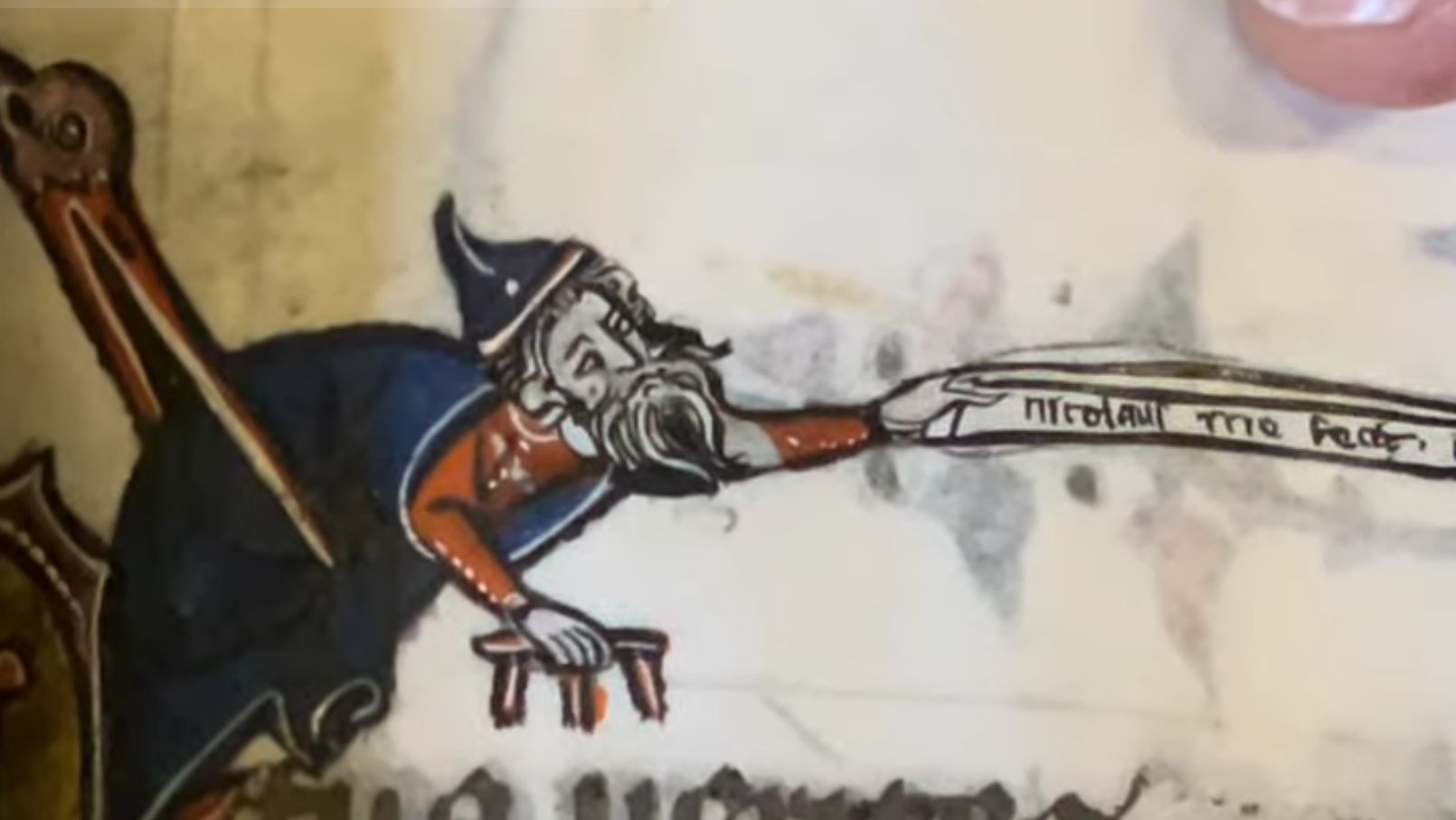Three reasons to study Palaeography
by Hannah Free (MSt. Medieval Studies 2025)
It was an exciting time being one of this years MML History of the Book students as we met up for the second time this term to have a three hour introduction to medieval Latin Palaeography. Dr Laure Miolo and Dr Alison Ray set up a programme that not only gave a well-rounded overview (even though we know that we barely scratched the surface of what there is to uncover) over everything related to palaeography, but also allowed students to examine exactly what they had just learned on the actual books.
So why would I want to study old books and their handwriting, you might ask? This question seems a little unlikely regarding the fact that you seem to have found this blog and have started to read this very entry – but surely you live a busy life and might think to yourself: “This all seems interesting, but do I really need to concern myself with this?” So here are three of the many reasons, why Palaeography is absolutely worth your precious time:
First of all, there is a lot to do! You can find a wide range of different handwriting starting with the earlier handwritings like the Capital script and the Roman cursive script and ending with the Humanistic script in the 16th century. (Medieval) Latin palaeography presents the opportunity to uncover over a thousand years of written history. So let’s start the journey with an overview over about 700 years in under two minutes, presented by Dr Alison Ray
And let me assure you, there is a lot more to unpack here. How about a roll from the early 16th century (MS. e. Museo 245) for example, that is not only impressive due to its size but also is said to have magical powers. Or how about a so-called bat book (MS. Ashmole 6), that was probably owned by a physician and that could be attached to the belt. Why is it called a bat book? Have a look
But the journey doesn’t end here as Palaeography entails much more than just the different kinds of books and handwritings. Have you ever gotten tired of looking at letters and words all day long? Well, how about looking at pictures instead, because with Palaeography you can call this research now. And unsurprisingly there is a lot of fun to have with this. How about for example the Aspremont Psalter (MS. Douce 118), where you can find a miniature of one of the illuminators, thus: a medieval selfie (see the header image of the disabled scribe with a Jew’s hat who holds the scroll ‘Nicolaus me fecit qui illuminat librum’ on fol. 142r; it is very small indeed, but the word miniature actually comes from the word minium, which refers to the type of colour that was used to outline the different pictures by the illuminator). Or in case you have ever asked yourself what your urin should and shouldn’t look like, you may (or rather may not) refer to the urin wheel depicted in an Astronomical Calendar from the 14th century (MS. Ashmole 789)
Last but most certainly not least you will not only uncover history on a great scale and be able to look at pretty and fun miniatures, but you will also get to look behind the book and uncover its sometimes very individual story. For example if you shine light on the Liber mortis et vitae (MS. Rawl. D. 403) from the late 15th/ early 16th century with a flashlight, you will find a unicorn shining through the pages. Even though this is great just for any reason, the unicorn here actually serves a function: it is a medieval watermark. So, if you ever wondered why some books have holes in their bindings (see for example MS. Bodl. 192), who the poodlemaster was or how books could be protected during travel (see for example MS. Rawl. D. 403), Palaeography will be the answer to all of your questions
To sum up, a huge thank you to Dr. Laure Miolo and Dr Alison Ray for this wonderful introduction to Palaeography and for giving us so many reasons to study this inspiring subject!
